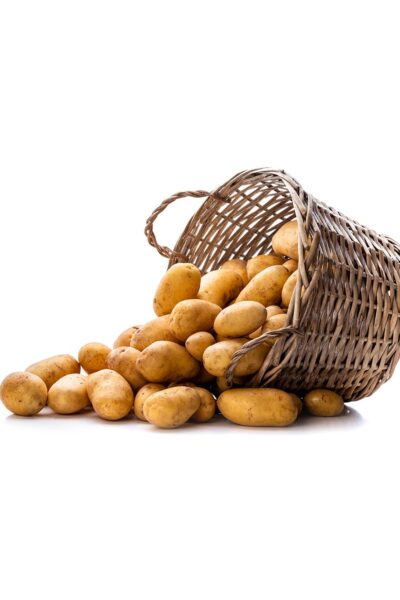The production of food crops in Kenya plays an important role in Kenya’s economic development as a major source of food, income, employment creation, and savings on foreign exchange expenditures through import substitution. Food Crops subsector contributes approximately 33% of the total agricultural GDP. This sub-sector is a major occupation of the rural population and accounts for a large share of the total agricultural output. The food crops sub-sector provides national food and nutritional security and income generation through the local markets. This sub-sector plays a significant role in the delivery on the Sustainable Development Goals of reducing poverty and hunger, as well as meeting the aspirations encapsulated in various Kenya Government policy documents such as Vision 2030 and the Agriculture Sector Transformation and Growth Strategy (2019-2029). The total annual Food Crop production for 2019 was 10.5 million tons supporting millions of households. Crop diseases, pests, and weeds greatly reduce the potential of these crops both in quality and quantity. Currently, losses due to these constraints are estimated at over 30%. Efforts to increase production and reduce these losses should take cognizance of the need to conserve the environment. The food crops sub-sector does not currently meet the country’s demand for food commodities. Kenya continues to import large quantities of food products to meet the high demand for local consumption. The main food crops in Kenya are maize, wheat, rice, potatoes, Green grams, and beans. Maize is the principal staple food of Kenya and it is grown in 90 percent of all Kenyan farms while the common bean and the Irish potato are the most important legume and tuber crop respectively. As a strategy to reduce pressure from reliance on maize, the Government of Kenya embarked on diversification and floor blending of maize and wheat by sorghum, millet, cassava and sweet potatoes. Flour Blending Initiative is part of Kenya’s “Big 4” Plan aimed at contributing towards food security, improve nutrition and increase employment opportunities in Kenya. These blends improve consumers’ nutritional value by enhancing dietary diversity.
Food Crops overview
